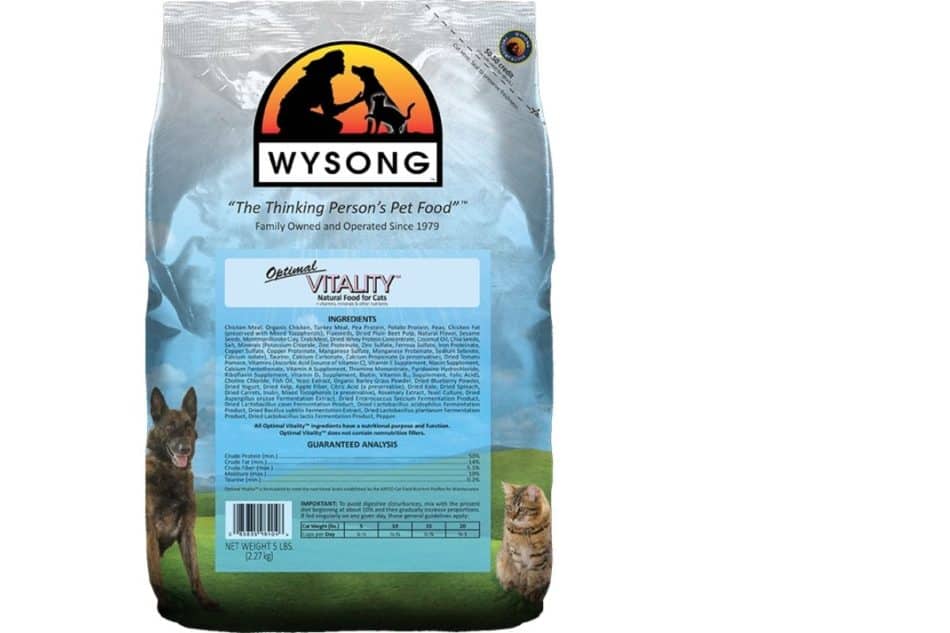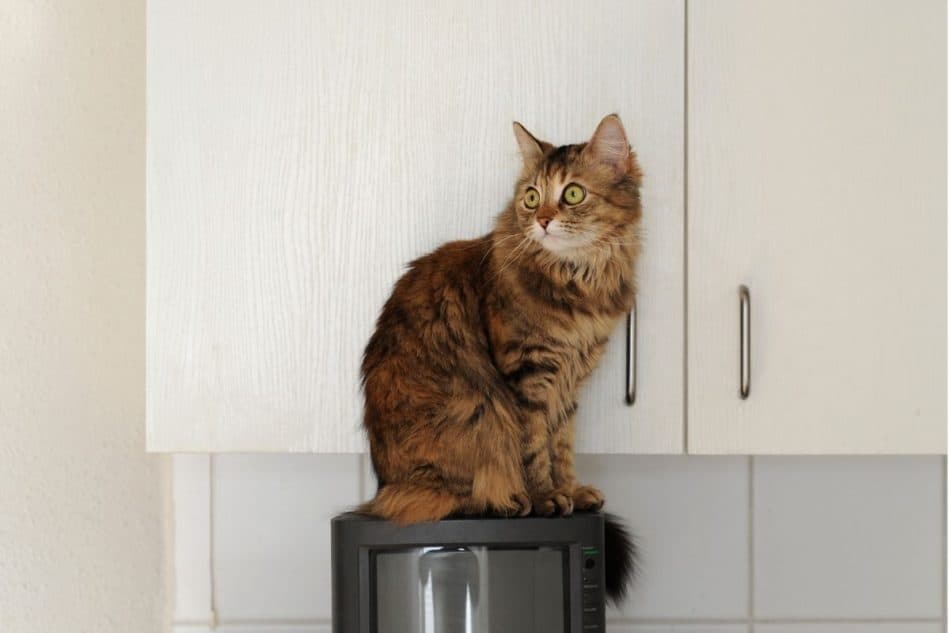Table of Contents
Introduction
I must admit, I really enjoyed giving treats to our cats. They seemed to love it so much, and it felt good to do something that made them so happy. Perhaps you have had that same experience.
You may be wondering why your cat is so crazy about treats.
It could be those treats have additives in the ingredients that are designed to make the treats smell and taste really good to your cat.
Flavor Enhancers That Might Be in Your Cat’s Treats
1. Natural Flavor – This is a single food product or a combination of food products that is processed with the goal of producing a certain taste.
As its name implies, the main purpose of this substance is flavor, not nutrition.
You may find Natural Flavor in the INGREDIENTS LIST of your treat food, but you will probably not find the specific ingredients that constitute the Natural Flavor product. The food manufacturers are not required to divulge this information and are generally reluctant to do so.
The U. S. Food & Drug Administration website is my source for this information.
2. Animal Digest – This is a flavoring product that is derived from animal tissue using the process of hydrolysis, which is the utilization of water to alter the composition of a substance.
Despite the name, it is not something that has been digested by an animal.
The Association of American Feed Control Officials website is my source for this information.
3. palatants – Palatant is a general term for food additives that are designed to make a food more palatable, in other words more flavorful. There is a variety of palatants in use by pet food companies, and the term may informally be applied to the aforementioned Natural Flavor and Animal Digest additives.
Palatants may be a dry powder or liquid. They are commonly sprayed onto dry food, but may be added during the manufacturing process to dry or wet pet food.
The Europe PMC (PubMed Central) website is my source for this information.
Is It Okay to Give My Cat Treats?
Treats are intended to be an occasional snack. They should be given as such, along with a primary diet of nutritious cat food.
Even if you are giving your cats treats as an occasional snack, if your cat’s treat seems to be a reasonably nutritious food, you might feel better about giving your cat treats than you would if the treat ingredients are not so great.
Look for the INGREDIENTS LIST on the package the treats came in,
According to the Pet Food Institute, the FDA requires that ingredients be listed in descending order by weight, so the ingredients at the beginning of the list are among the primary ingredients.
An article on the Scientific American website informs us that your cat is an obligate carnivore, meaning your cat requires a diet that is predominately meat.
If you find at least one meat product in the first three ingredients, I would consider that a good thing.
My blog post Why Are Cats Picky Eaters? has more detailed information on what you ought to look for when choosing food or treats for your kitty.
Is Dry Cat Food the Same as Treats?
There is certainly similarity in the structure of many treats and dry cat food. They both tend to be crunchy morsels somewhat similar to peanuts.
Another similarity is that the Moisture Content of dry cat food treats and dry cat food is typically somewhere around 10%, so your kitty is not getting much hydration from that food.
However, cat treats are intended to be treats, somewhat like potato chips to us humans. Since no one expects us to live and be healthy eating just potato chips, the same line of thinking might be applied to cat treats that may not have the same dietary profile as cat food.
By the way, since it might be a good idea to encourage a cat eating a lot of dry food to drink more water, you may wish to visit my blog post How to Choose a Cat Water Fountain .
What Cat Treat Has Healthy Ingredients?
If you are currently giving treats to your pet, and you have found the ingredients in your treat product to be less than satisfactory, let me share with you a possible alternative.
I am friends with some cats who eat canned food for their meals and are given a dry food product from the Wysong Company as a treat. It is not labeled a treat because it is a dry cat food, but these kitties love it as a treat. Perhaps yours will too.
The product is called Optimal Vitality.
The first three foods on the INGREDIENTS LIST are Chicken Meal, Organic Chicken, and Turkey Meal.
The GUARANTEED ANALYSIS shows a minimum of 50.0% Crude Protein, which calculates to minimum 55.6% Crude Protein on a Dry Matter Basis.
The 5-lb bag equals 80 ounces in case you want to compare the price per ounce to your current product.
Visit the Wysong Company website for more information.

How Should I Store My Cat’s Treats?
I learned to store our bag of treats in a plastic box with a flip-over lid lock that even the most devious of kitty could not get open.
If you just put your bag of treats with no container into a kitchen cabinet, you may want to put a flashing neon sign on the cabinet door that reads: “Treats. Get your treats right here”.
I offer this bit of cautionary advice because some very smart kitty will use a paw to open that cabinet door, a claw to rip open the bag, and then it’s party like there’s no tomorrow. I speak from experience.

If your treat package calls for refrigeration, then that is the way to go. Just put a big sign on the refrigerator door that reads: “Authorized Personnel Only”.
You may want to visit my website How to Keep Your Cat Out of Trouble for some tips on keeping your kitty out of spaces they know good and well they should not enter. Among other things, you will find a great idea about installing latches on your kitchen cabinets.
Is Tuna a Good Treat for My Cat?
Tuna is one of many fish species that are contaminated with mercury.
According to the NRDC (Natural Resources Defense Council), relative to other fish species, canned skipjack tuna is in the “moderate mercury” category, while canned albacore tuna is in the “high mercury” category. NRDC lists canned salmon and sardines as being in the “least mercury” category.
Also please keep in mind that any single meat by itself will not have the added vitamins, minerals, and other nutrients found in commercial cat foods that are formulated to meet the dietary needs of cats.
So if your kitty insists on some seafood, please take into consideration these grounds for moderation.
For More Information
For more about these incredible cats, visit my blog post Learn About Cats
